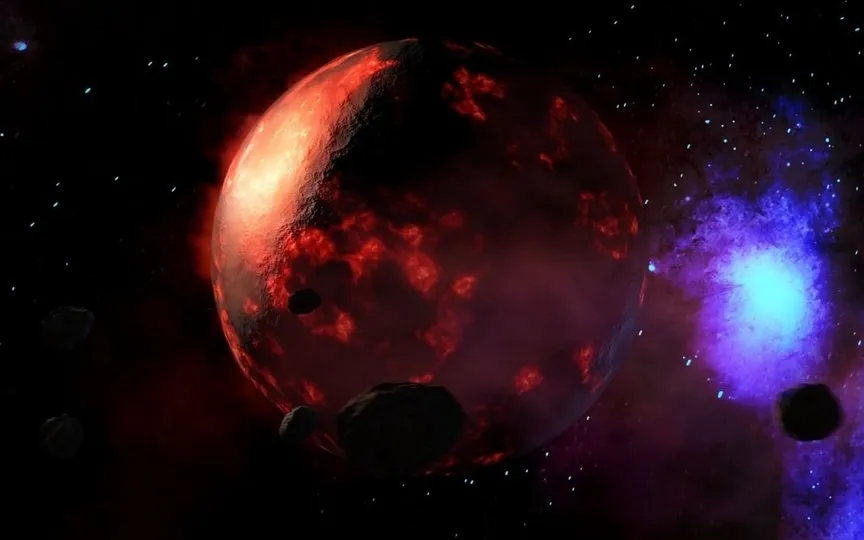Asteroid Alert! House-sized Space Rock to Zoom Past Earth at 4.2 Million Kilometers!
NASA has utilized its sophisticated ground and space telescopes to monitor an asteroid that is set to come remarkably close to Earth today. These celestial bodies, commonly referred to as ancient space rocks, frequently have orbits that bring them in close proximity to our planet, an event known as a ‘close approach’. According to the Center for Near-Earth Object Studies (CNEOS), an asteroid named Asteroid 2023 VT3 is currently en route and may reach its closest point to Earth on November 10.
Asteroid 2023 VT3: Details
This near-Earth space rock is expected to pass Earth today at a distance of about 4.2 million kilometers. It is already climbing in orbit at a speed of about 27031 kilometers per hour, which is much faster than Intercontinental Ballistic Missiles (ICBM)!
How do these space rocks get close to Earth? NASA says asteroids’ orbits can be altered by Jupiter’s massive gravity and occasional close encounters with planets like Mars or other objects. These accidental encounters can knock asteroids out of the main belt and throw them into space in all directions in the orbits of other planets.
According to NASA, it belongs to the group of Aten asteroids, which are Near-Earth Asteroids (NEAs) that cross the Earth, with semi-major axes smaller than the Earth’s axis. They are named after the asteroid 2062 Ate, and the first of their kind was discovered by American astronomer Eleanor Helin at the Palomar Observatory on January 7, 1976.
How big is the asteroid?
Asteroid 2023 VT3 measures nearly 60 feet across, making it almost the size of a house! Despite being nearly as large as the Chelyabinsk asteroid that caused damage to Earth in 2013, this space rock is not large enough to be classified as a potentially hazardous object and is not expected to cause any damage to Earth.
These close calls with asteroids underscore the importance of continued technological advances in asteroid detection and tracking programs such as NASA’s DART test. This helps to ensure the safety of our planet from the possible effects of these space rocks.




